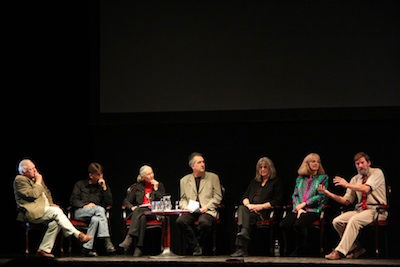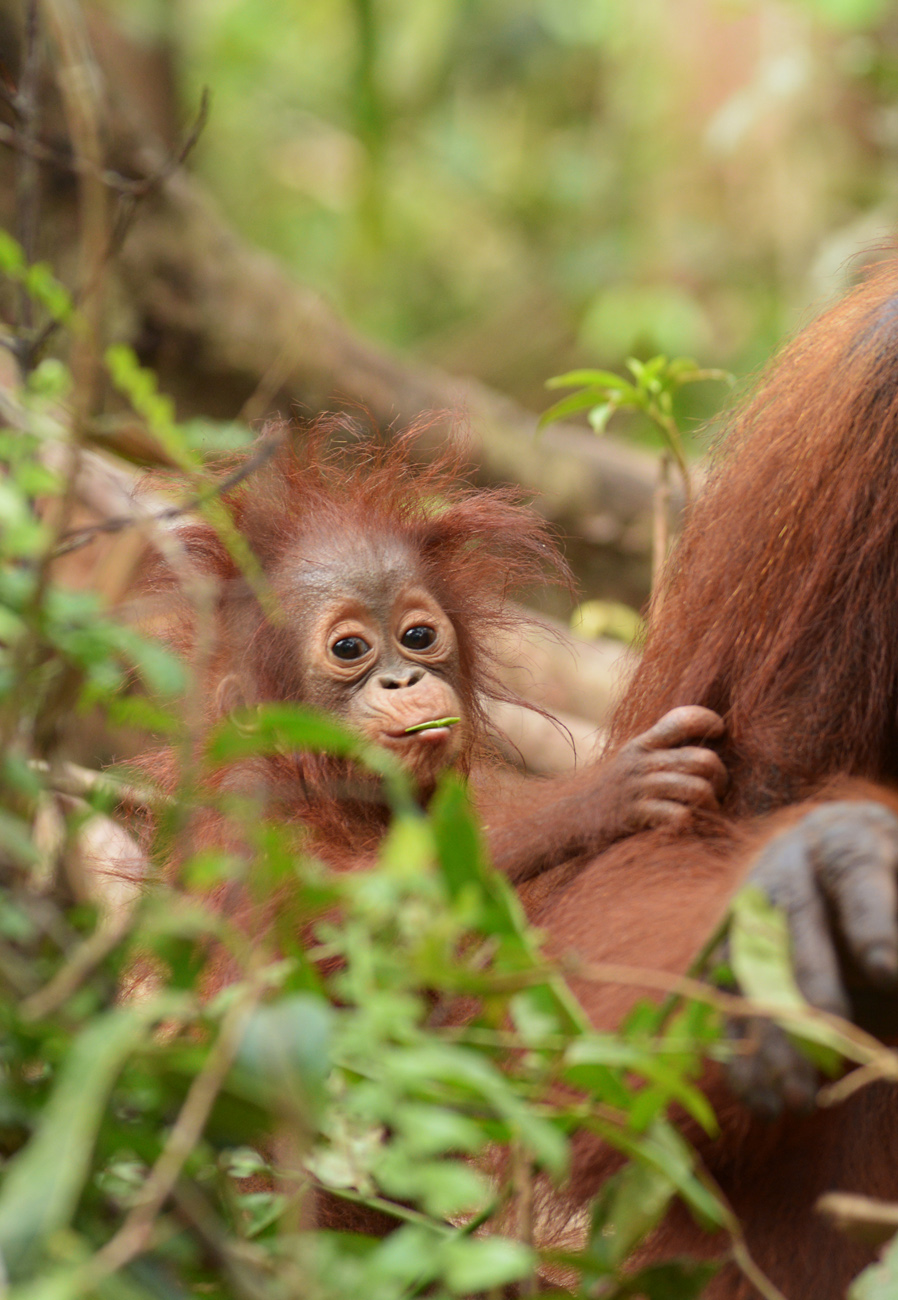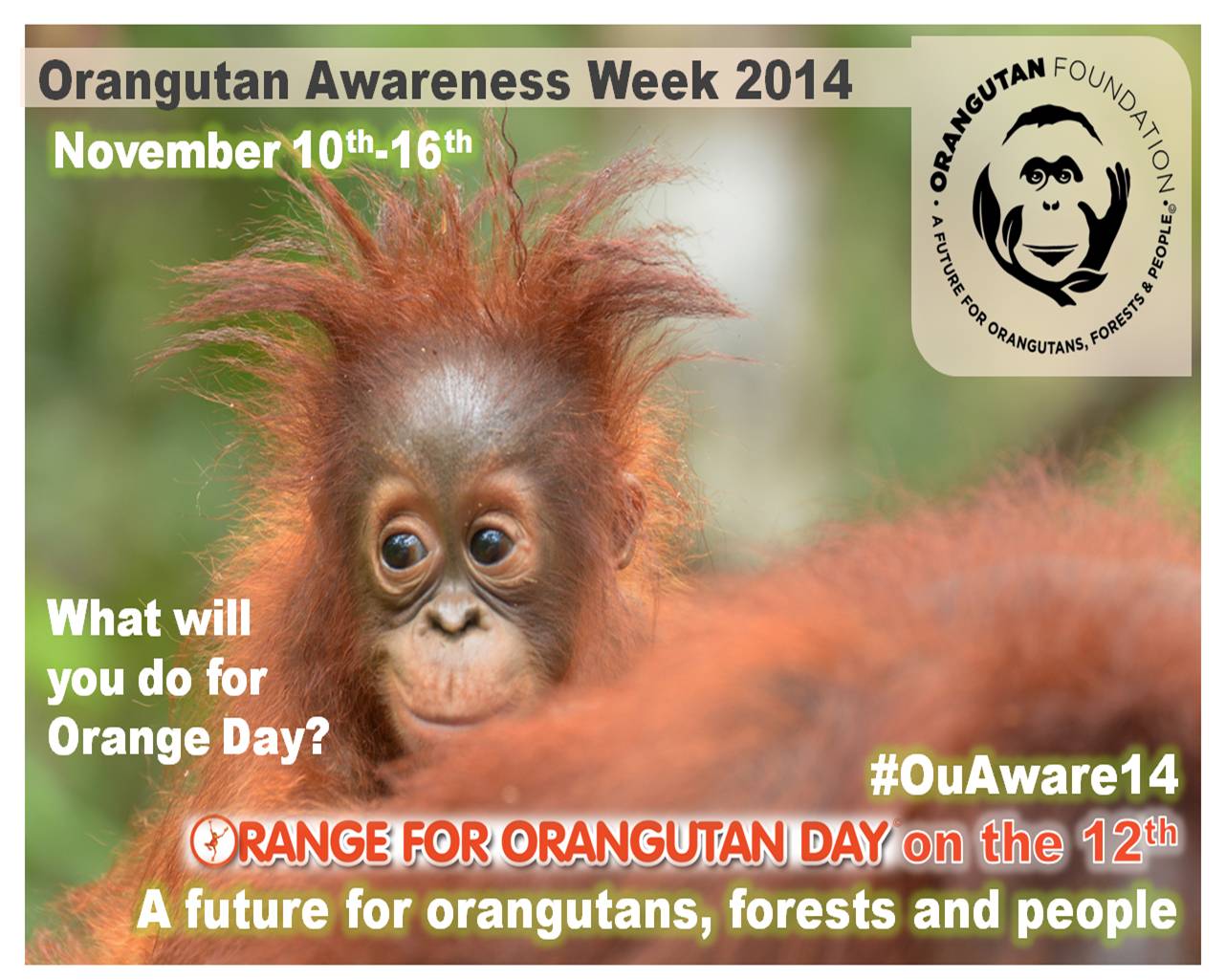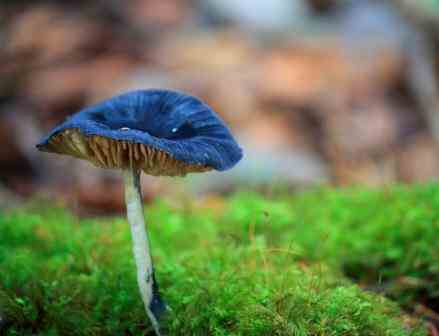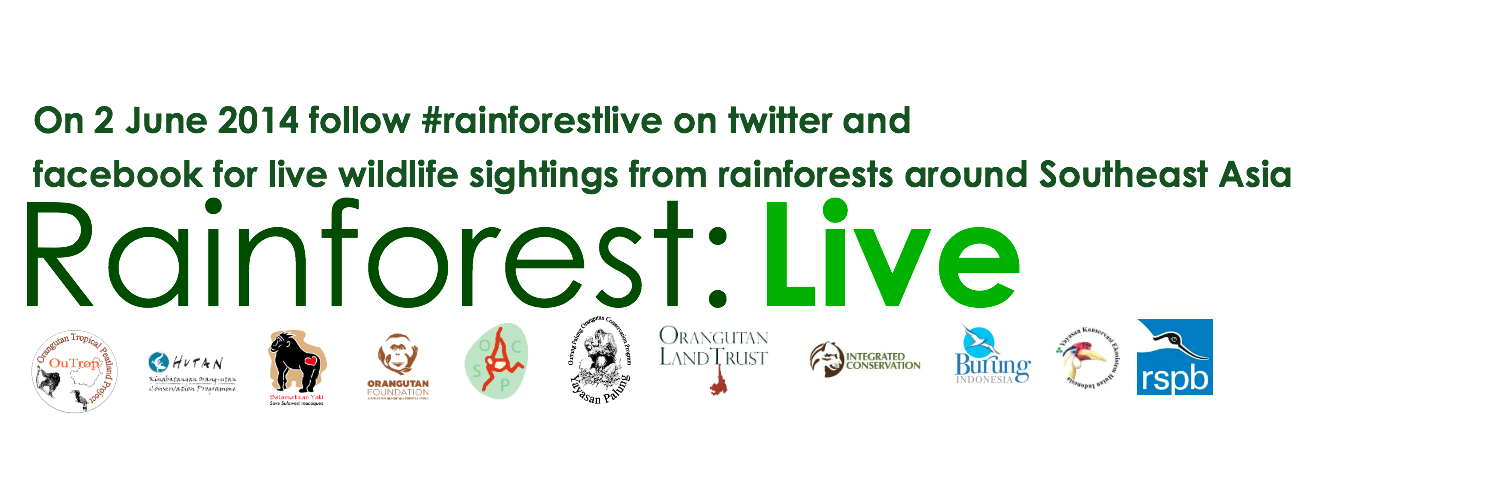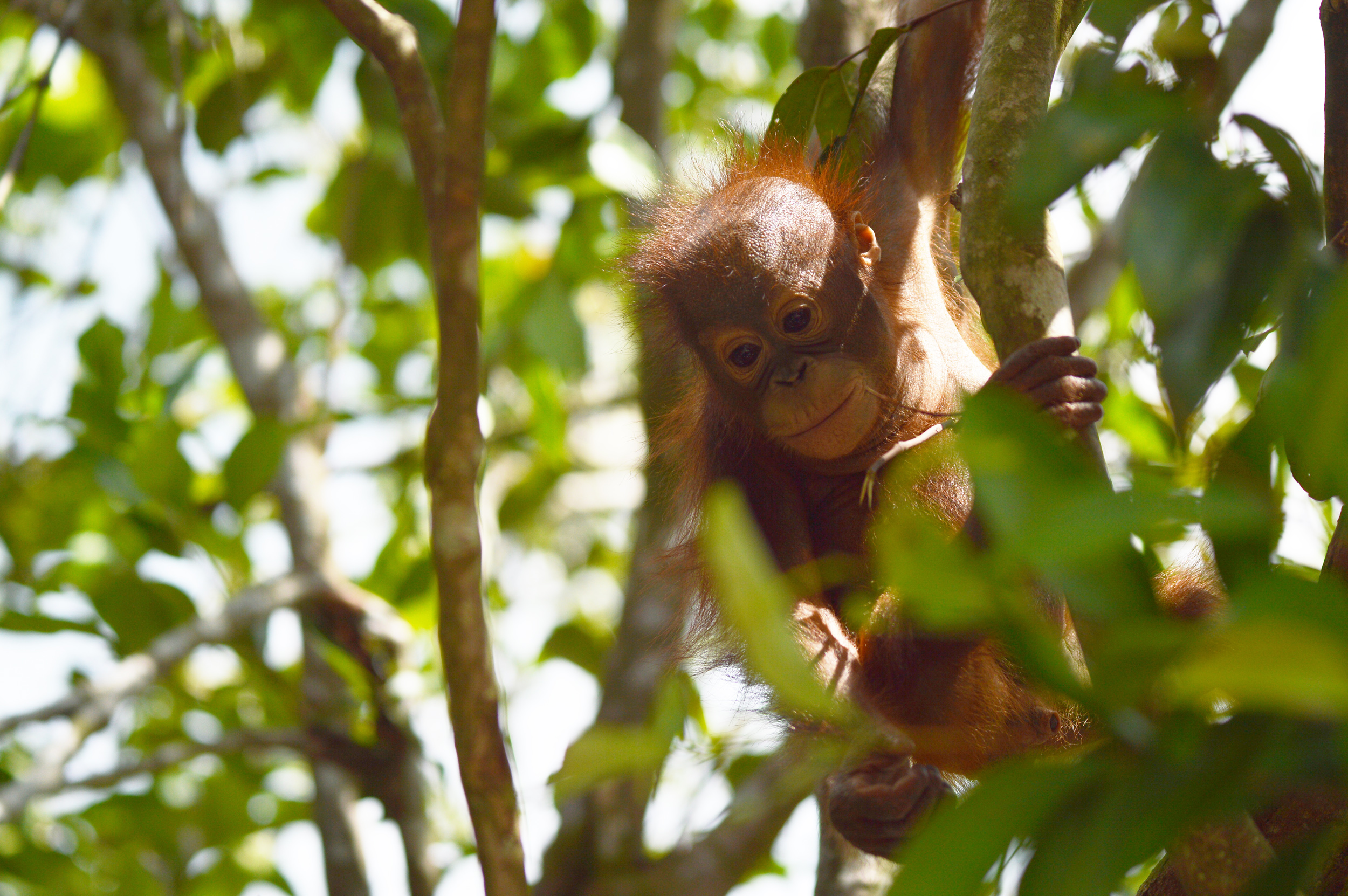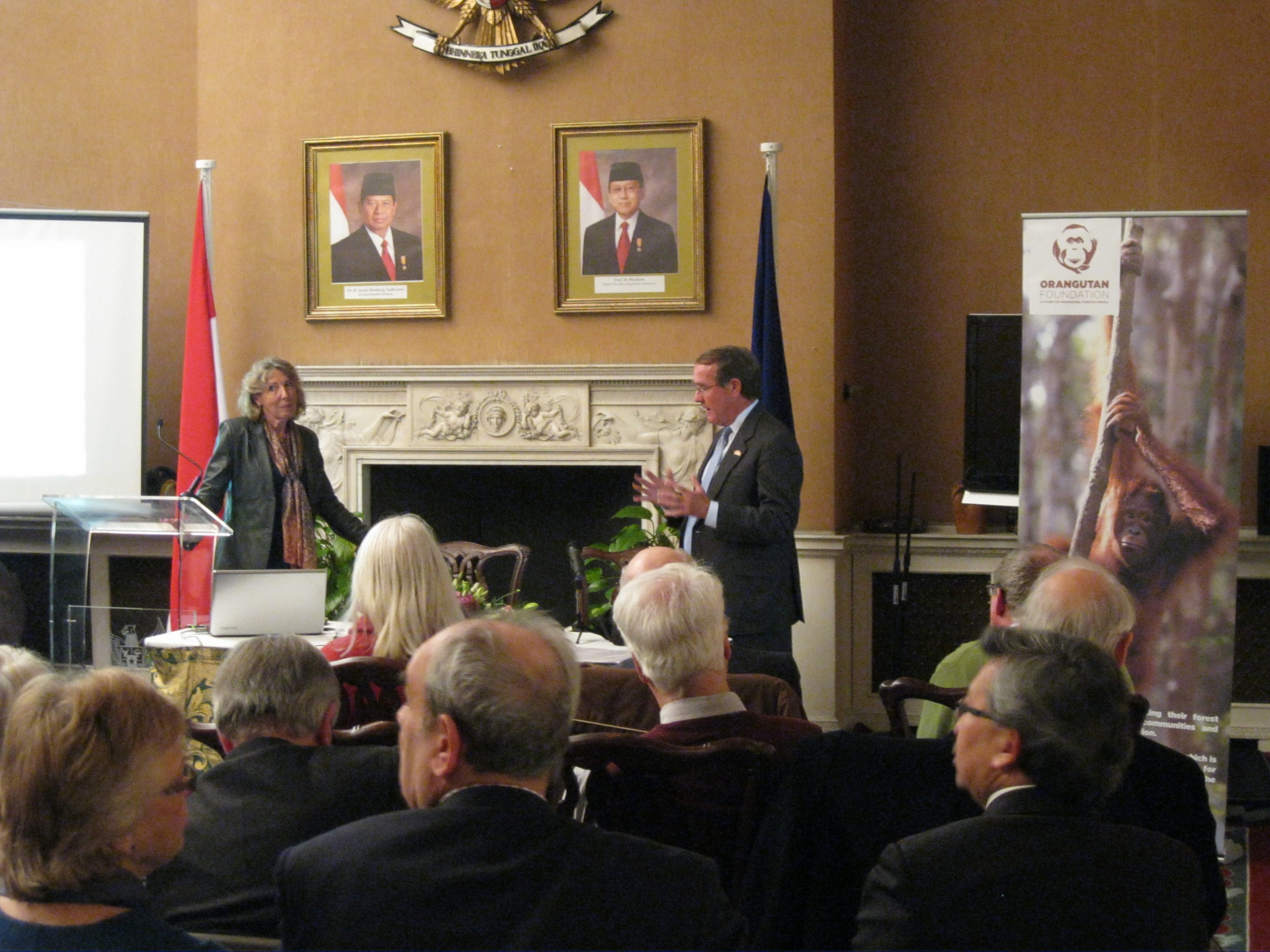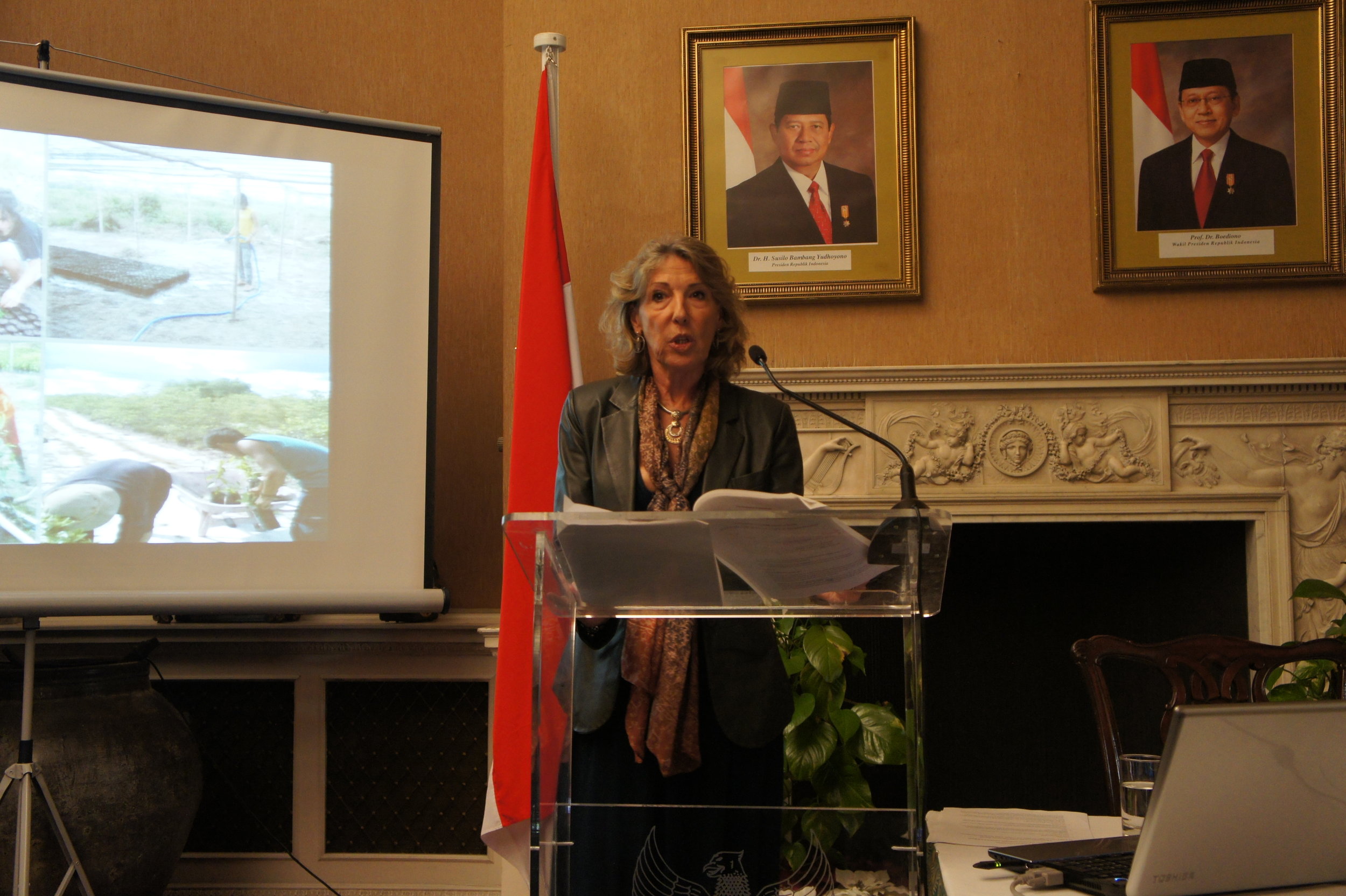by Sophie Hanson (Intern with the Orangutan Foundation) I have had the good fortune to have visited several rainforests across the world, but none more memorable than those of Borneo. I was struck by the incredible buttress roots of iconic ‘jungle’ trees, hanging vines and aerial roots! These trees have no boundaries - even in metropolitan cities such as Jakarta you may find them bursting through the concrete in all their glory, leading me to wonder what secrets they may hold up in the canopy. Once among such giants it is suddenly easy to imagine great troops of monkeys swinging their way through to fruiting trees, and whenever I find myself in their midst I can’t help but strain my neck in anticipation of such an event.
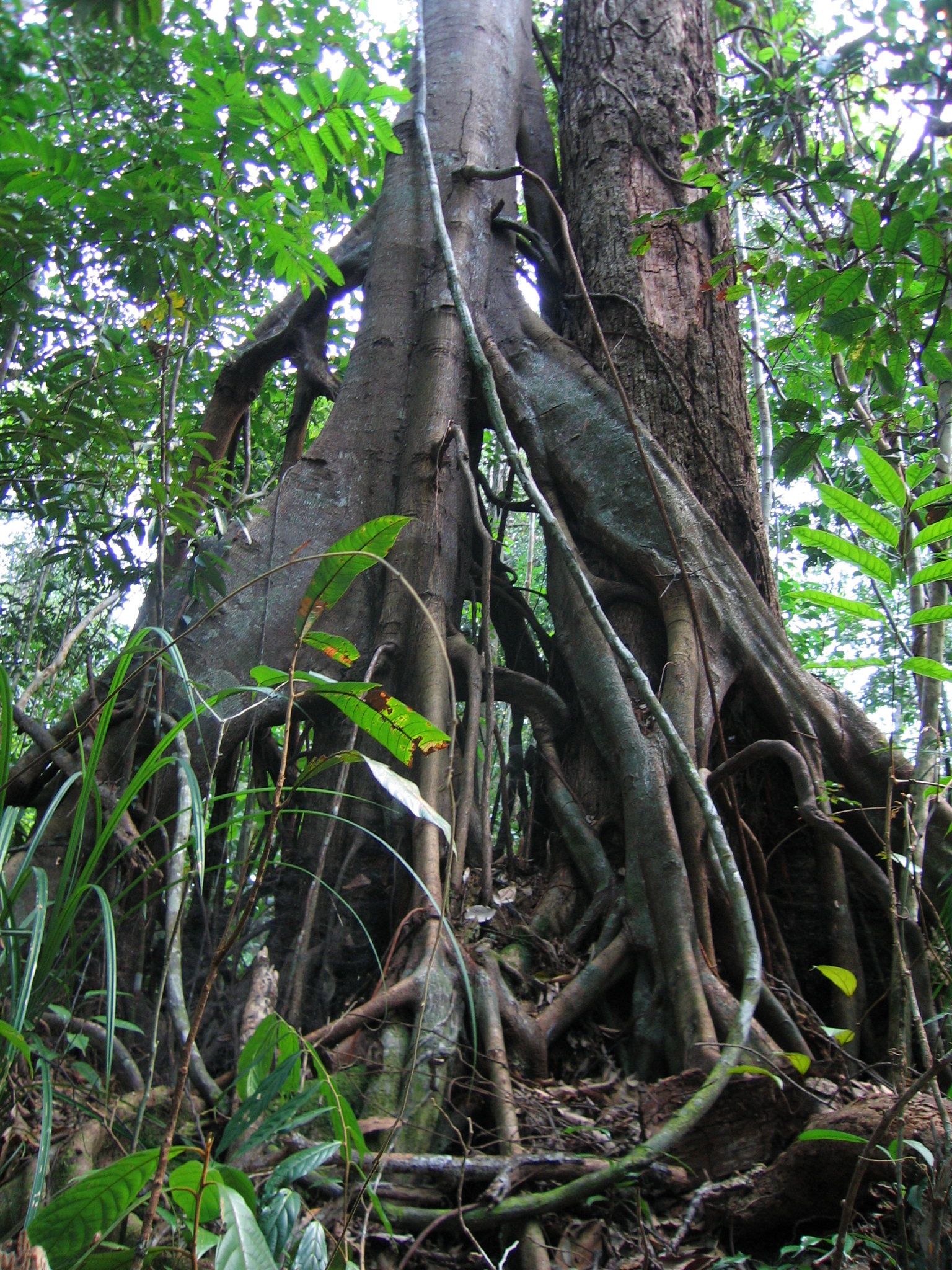 Unfortunately, soon after arriving, I realised my curly strawberry-blonde mop of a hairdo appears to many insects as a magnificent flower possessing the most succulent of nectar! I really learned to hold an iron nerve as beetles rumbling like motorbikes skimmed my hairline. By day, the chorus of insects is enough to make any entomophobe flee in terror, with the sounds only occasionally interrupted by the haunting call of birds floating through the trees. As night falls, this chorus changes hands with the great swathes of frogs that inhabit all levels of the rainforest. I remember vividly the sudden bouts of both fear and amazement I experienced whilst walking through this incredible habitat as dusk settled. I was impressed by the military discipline of lines of giant ants passing forest trails, and captivated by giant millipedes scuttling along the forest floor.
Unfortunately, soon after arriving, I realised my curly strawberry-blonde mop of a hairdo appears to many insects as a magnificent flower possessing the most succulent of nectar! I really learned to hold an iron nerve as beetles rumbling like motorbikes skimmed my hairline. By day, the chorus of insects is enough to make any entomophobe flee in terror, with the sounds only occasionally interrupted by the haunting call of birds floating through the trees. As night falls, this chorus changes hands with the great swathes of frogs that inhabit all levels of the rainforest. I remember vividly the sudden bouts of both fear and amazement I experienced whilst walking through this incredible habitat as dusk settled. I was impressed by the military discipline of lines of giant ants passing forest trails, and captivated by giant millipedes scuttling along the forest floor.
During my stay I visited a sanctuary for orangutans, as well as a sanctuary for proboscis monkeys, and found I could have happily watched both species for hours. Orangutan infants made me giggle with their slow, deliberate movements; their wispy hair giving them the appearance of determined little old men. The dominant male proboscis monkey sitting close-by was less appealing as he honked his swollen nose at females - his massive belly and vibrant appendage on display - while they invited him to mate with hilarious facial expressions. Whilst among the mangroves I saw my first mudskipper fish jumping and gasping in the shallows, and was surprised by their size - nature documentaries had always made them appear much larger!
In short, I was astounded by the richness and variety of biodiversity these rainforests had to offer. Visiting rainforests around the world always leaves me in awe, and I will forever fight to protect them.


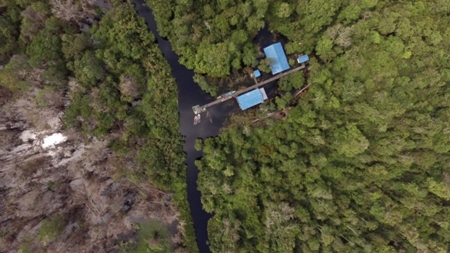
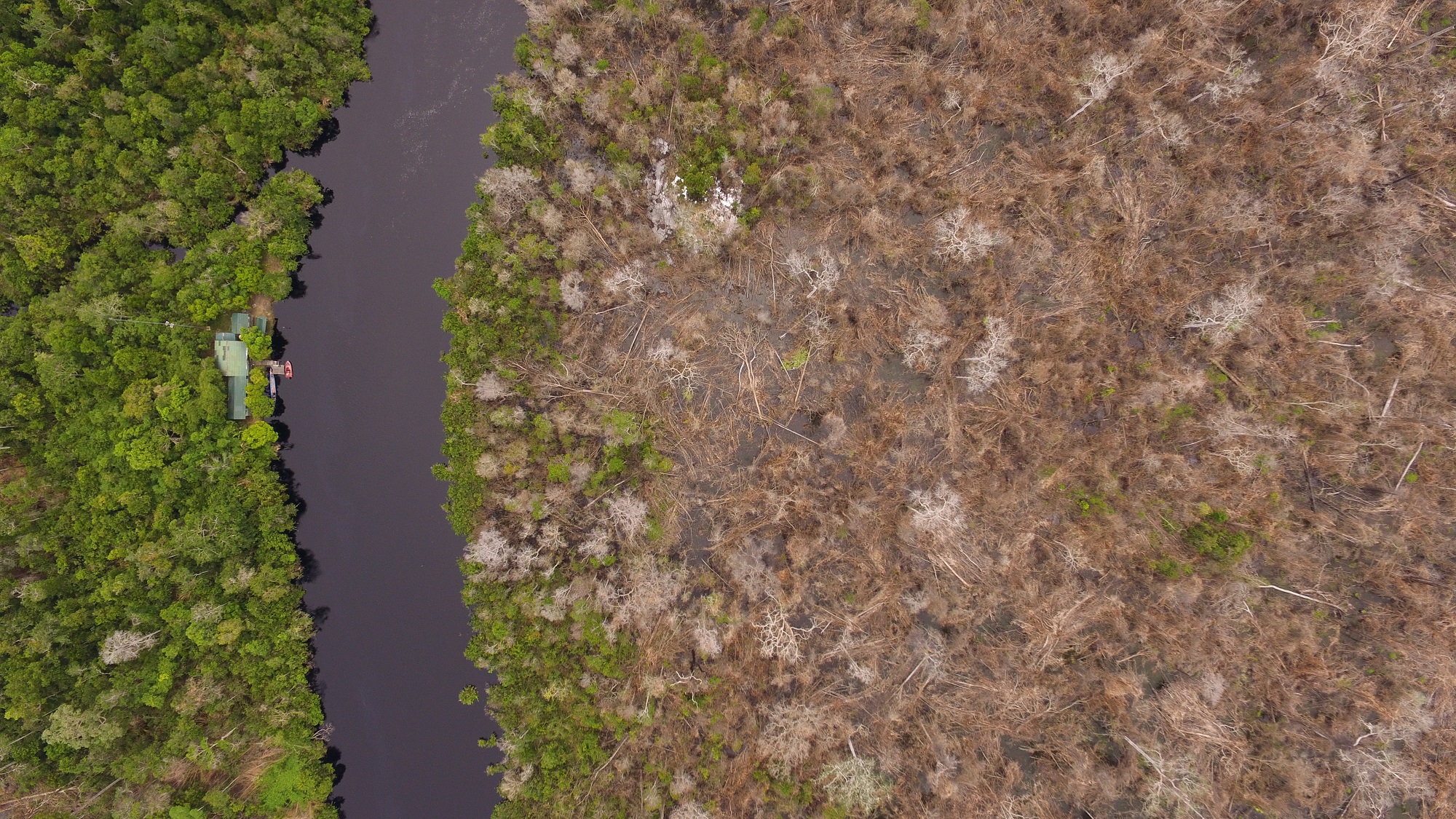




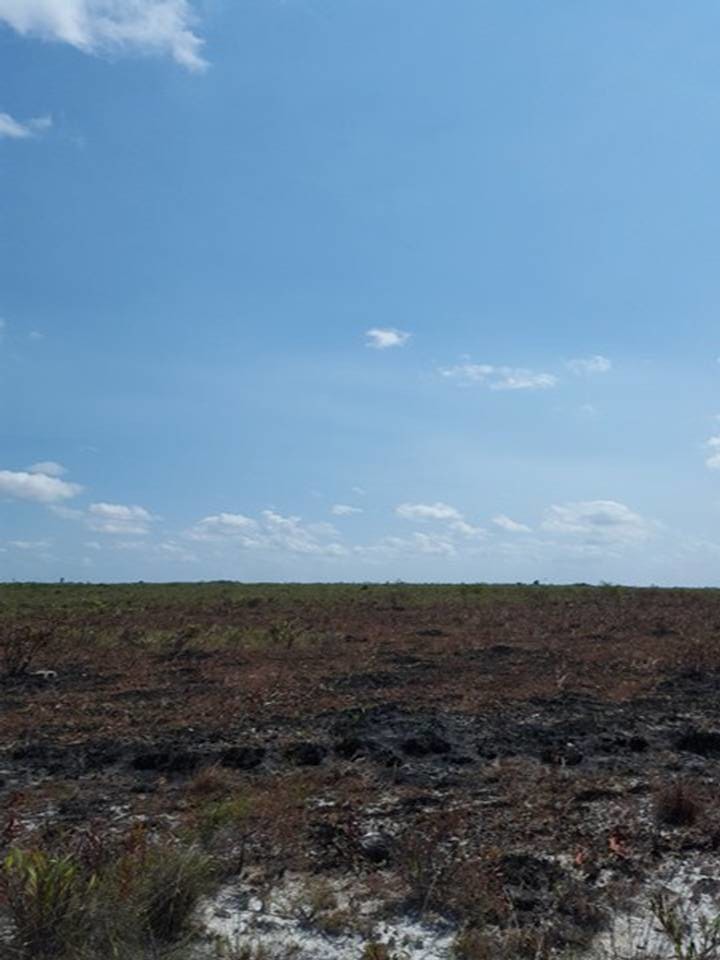


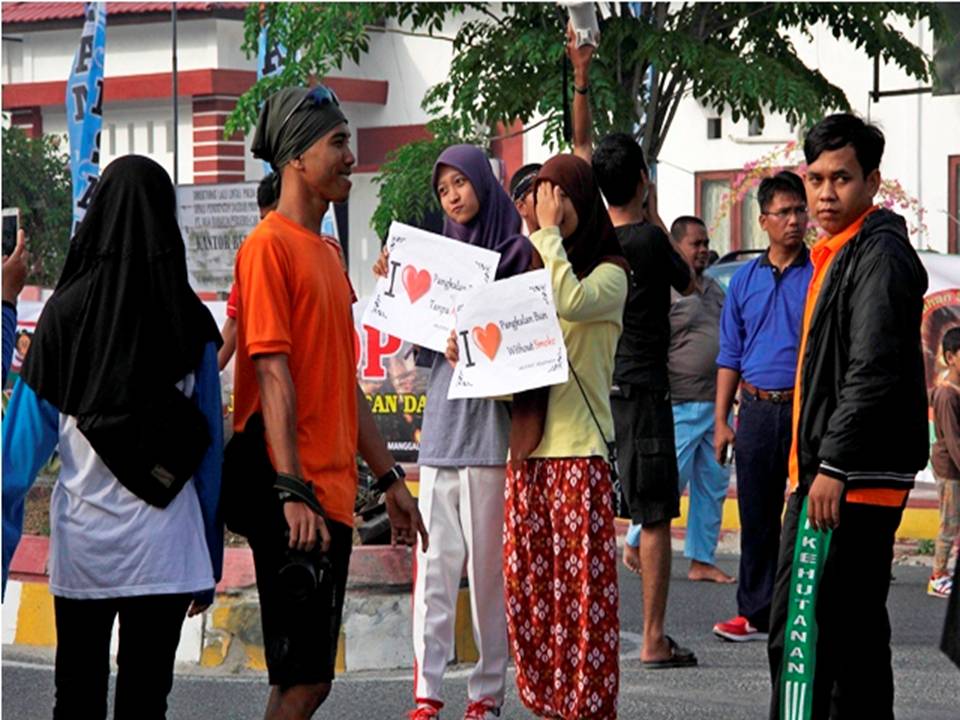








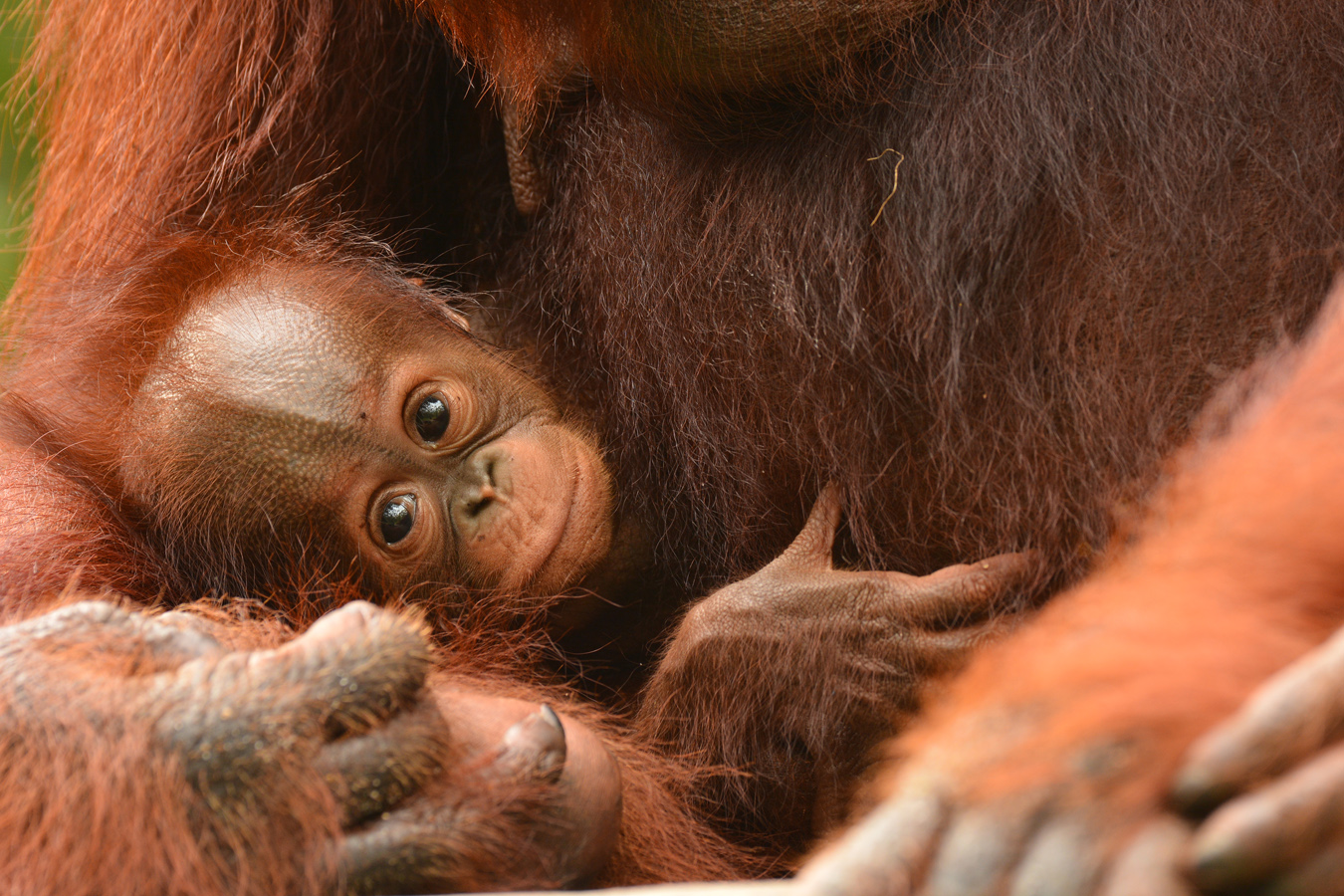


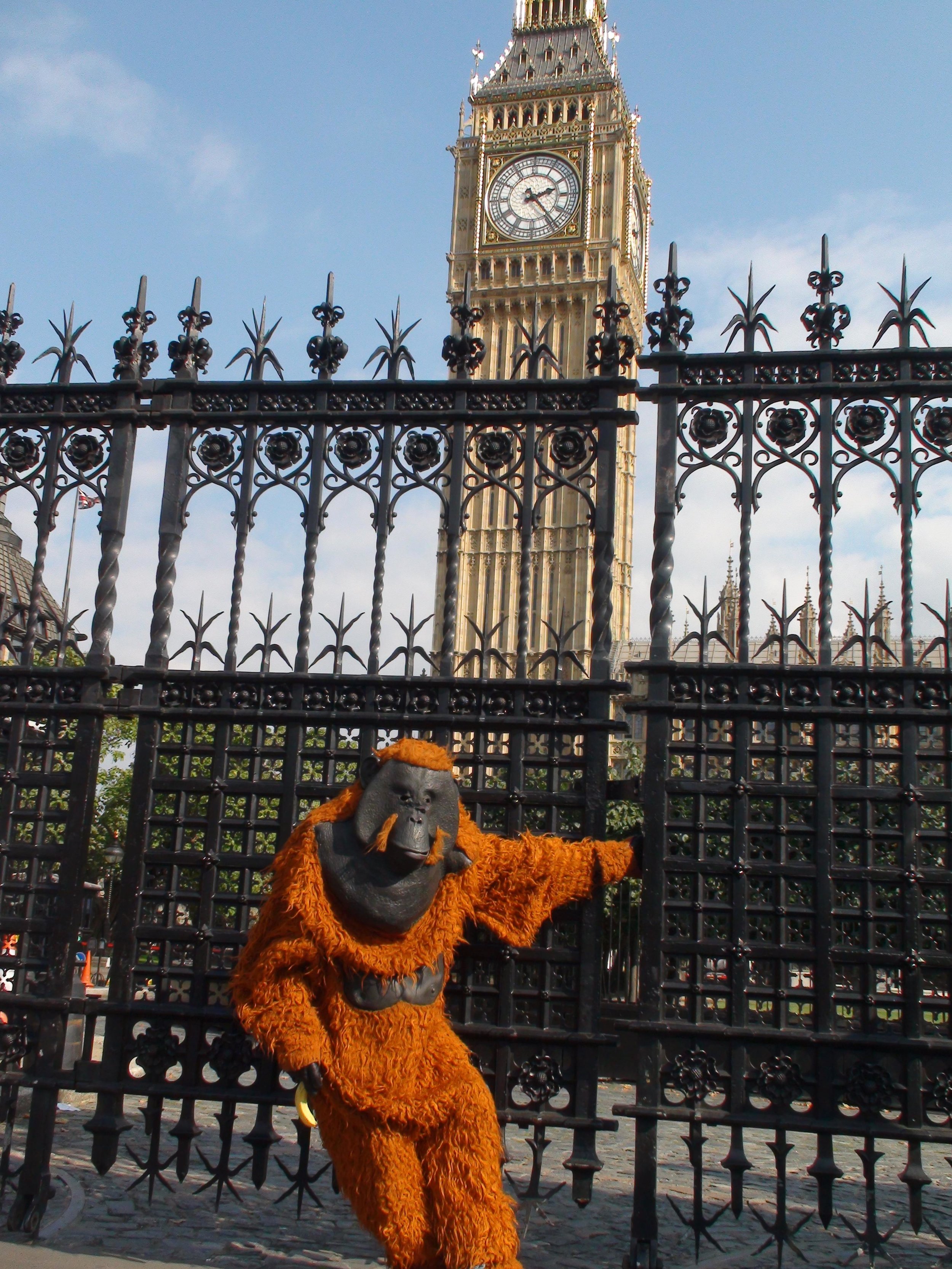
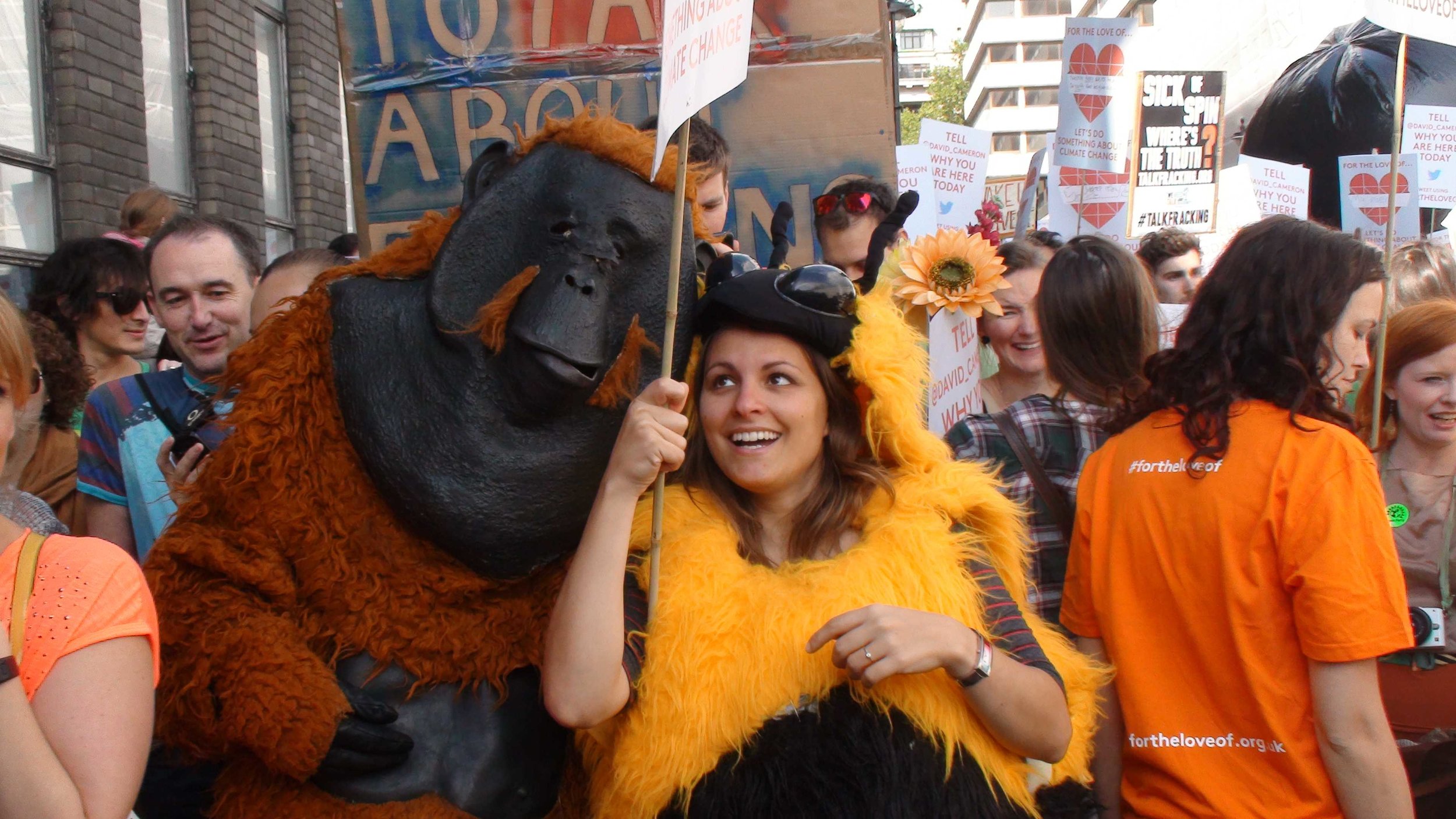
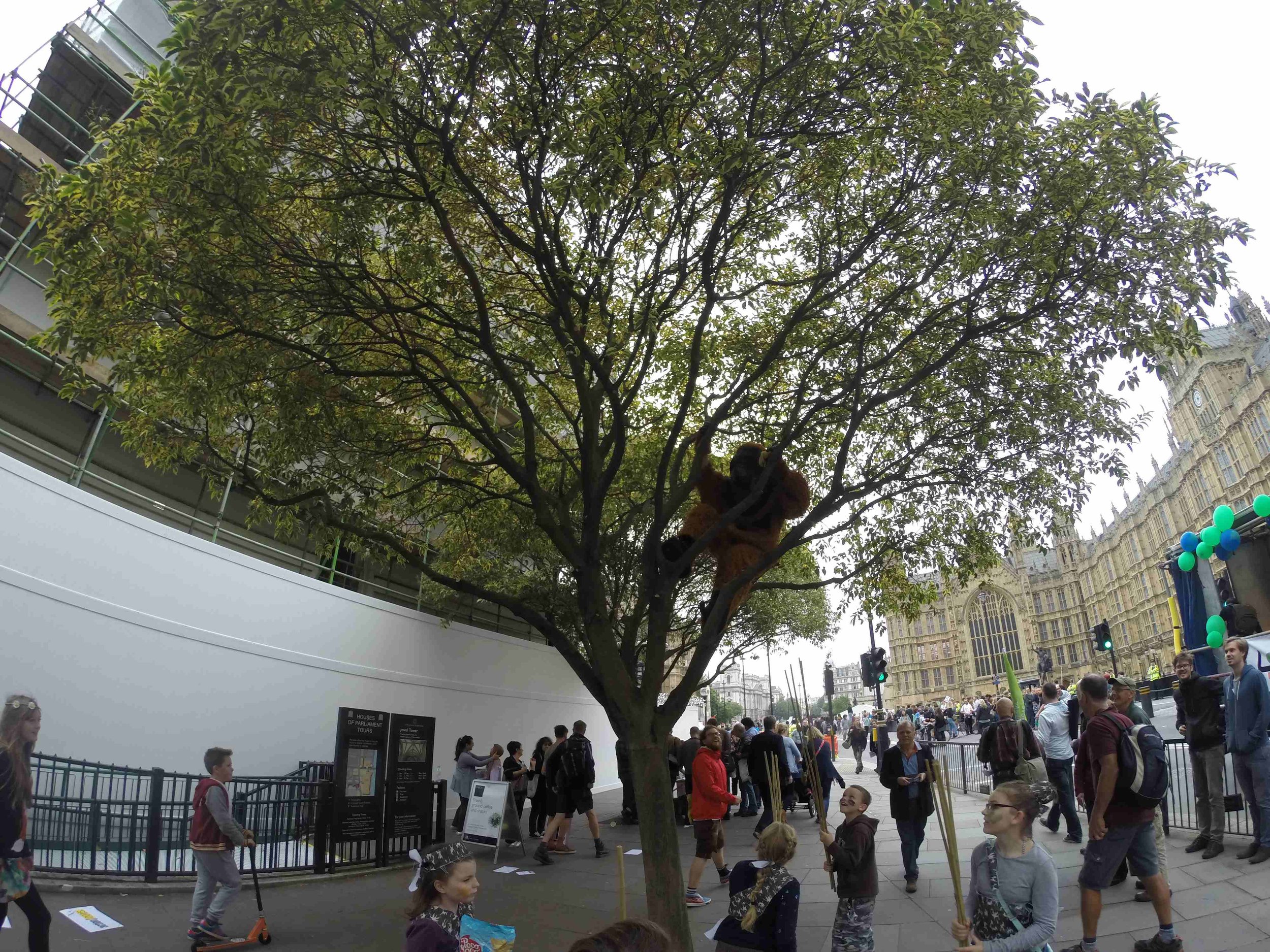


 The Ape Alliance is an international coalition of organisations and individuals working for the conservation and welfare of apes. The Foundation is a founding member of the Alliance.
Here Sir David Attenborough, Dr Jane Goodall and other speak in a panel discussion with Ape Alliance Chair and Foundation Trustee, Ian Redmond OBE at Ape Alliance's 'Hope for Apes' evening in 2010 at the Lyceum Theatre
The Ape Alliance is an international coalition of organisations and individuals working for the conservation and welfare of apes. The Foundation is a founding member of the Alliance.
Here Sir David Attenborough, Dr Jane Goodall and other speak in a panel discussion with Ape Alliance Chair and Foundation Trustee, Ian Redmond OBE at Ape Alliance's 'Hope for Apes' evening in 2010 at the Lyceum Theatre